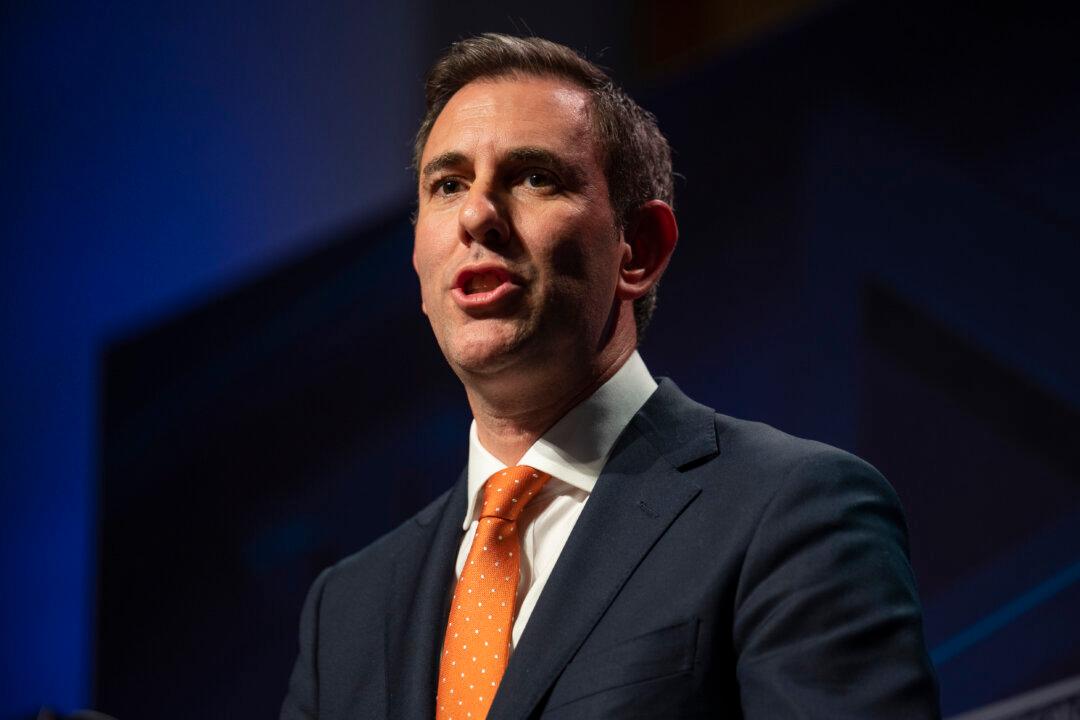Australian Treasurer Jim Chalmers has said that the government would improve the budget’s sustainability during the current parliamentary term despite rising public debt and government spending on welfare.
Following the release of his first budget on Oct. 25, the treasurer said the government had to make hard decisions to lower budget deficits and get funding for major welfare services like Medicare and the National Disability Insurance Scheme (NDIS).





